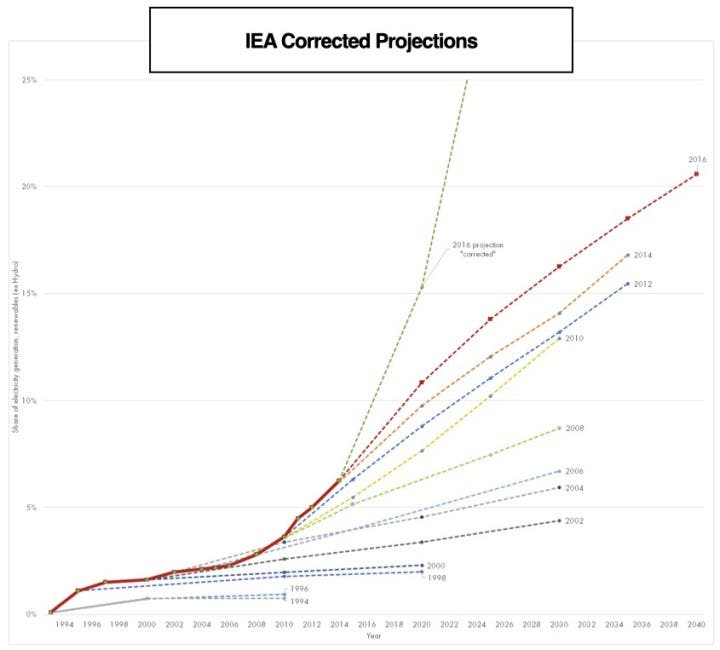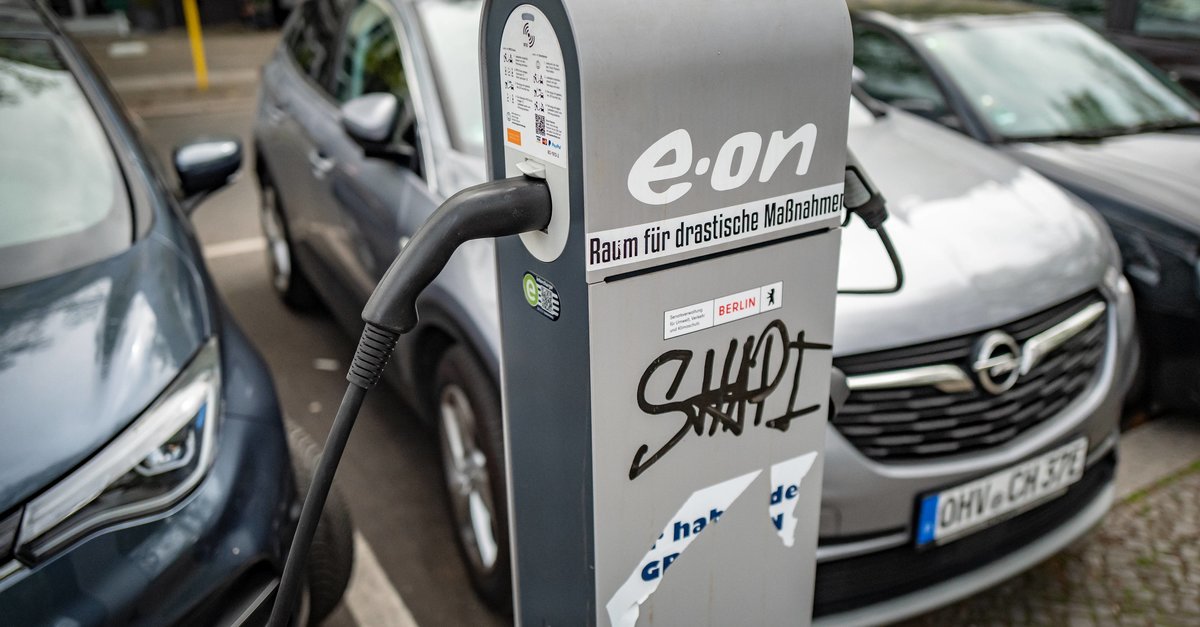The booming green tech sector – this time it’s different
The Greentech sector is pursuing a new goal this year: decarbonising the economy.
This is exactly the difference to, let’s say, the first Greentech generation. The path towards an emission-free economy is different. There is no attempt to force concepts such as sustainability into old systems – instead it is a fundamental redesign of the system.
This change should have roughly the same extent as the digitization of the economy.
Are you still skeptical about the whole thing?
Good thing, after all, the first Greentech wave did not meet all expectations.
In any case, I hope that we can learn from the past. The ideas were there, but the technology was missing. Renewable energies were too expensive, batteries had too little capacity and involved too many compromises. Most of all, what has changed is the fact that climate change is now even deeper anchored in people’s minds than before.
Nobody saw the fall in prices coming.
Andrew Beebe names five reasons why the green tech boom will become a permanent phenomenon.
Industry-leading companies, startups and consumers are all pulling together to become climate-neutral or even climate-negative. These are ambitious goals that require time, money, and commitment. Everyone has to feel committed to these goals, which is why changing customer behavior will play an important role this time.
The younger generations, who have the greatest purchasing power today, are using the Internet to find out what’s in the products they buy – from groceries to pet food and cosmetics to household items. Many young people expect manufacturers to also explain their climate goals and impacts on the labels of their products in the future.
Contents
2. Cost and performance
Ten years ago, climate friendliness was anything but cheap. Since then, the cost of solar energy has fallen by a full ninety percent. Wind energy has also become a cost-effective alternative in most parts of the world. And many vehicles are now powered by batteries. It took almost twenty years, but the climate-friendly path is now finally also the economically viable path.
The International Energy Agency recently had to adjust its energy cost calculations. What was hardly financially feasible a decade ago is realistic today.
Here is a comparison between the original predictions and the current numbers.
We are at the beginning of a fundamental change in terms of the consumption of renewable energies.
3. Money rules the world
I talked to Don Dahlmann about investments in green energies and their profitability as well as investment opportunities with regard to hydrogen energy. And that’s just one example of green technologies that industries like steel and automotive are currently investing in.
4. The next generation
Millennials and Generation Z not only want to know the environmental impact of their purchasing behavior, they also want to make a difference with their work. According to a survey, seventy percent of millennials are more willing to work for companies that are committed to sustainability. The younger the respondents, the more this trend becomes apparent – and there is nothing to suggest that this will change.
5. Legal situation and regulations
Governments around the world are starting to offer support to accelerate change, sometimes even increasing the pressure on businesses and consumers.
Our green future
The foundation stone has been laid, governments are offering new solutions and companies are also ready to get involved in the environment. Consumer pressure is important to keep businesses focused on these goals.
Let’s hope that renewable energies will continue to make economic sense in the future. Then terms like “renewable energy company”, “electric vehicle manufacturer” and “sustainable supply chains” would inevitably become superfluous. Then the decarbonization of the economy would finally become a reality.




